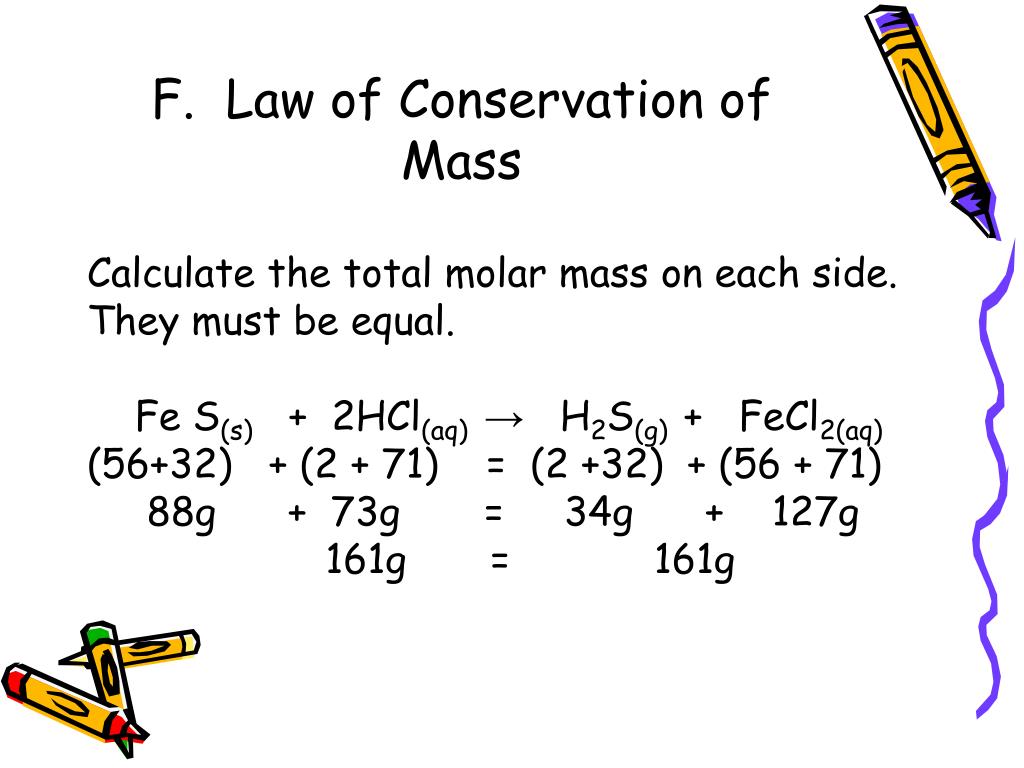

Finding the molar mass of a compound is a little more complicated. For example, the molar mass of H2 is 1.007 x 2 x 1 g/mol, or 2.014 g/mol.

In these cases, you’ll need to multiply the relative atomic mass of the element by the number of atoms in the molecule, then multiply the result by the molar mass constant.

However, some elements, such as hydrogen, nitrogen, and oxygen, only occur naturally in molecules of 2 or more atoms. For instance, zirconium has a molar mass of 91.22 x 1 g/mol, or 91.22 g/mol. For most elements, this means that the relative atomic mass is equal to the molar mass. Next, multiply the atomic mass by the molar mass constant, which is equal to 1 gram per mole. For instance, the relative atomic mass of zirconium (Zr) is 91.22. This is usually located under the symbol and name of the element. To find an element’s molar mass, start by checking the periodic table for the relative atomic mass of the element. Molar mass is the mass in grams of 1 mole of any given substance. According to the International System of Units, a mole is the amount of any substance that contains the same number of elementary entities-typically atoms or molecules-as there are atoms in 12 grams of the isotope carbon-12. When you’re measuring extremely tiny amounts of a substance, it can be helpful to use molar mass.

This is defined as 0.001 kilogram per mole, or 1 gram per mole. The number of grams of KClO3 will be 306.Multiply the relative atomic mass by the molar mass constant. Multiply the given number of moles (2.50 mol) by the molar mass (122.548 g/mol) to get the grams.The molar mass of KClO3 is 122.548 g/mol. Problem: Convert 2.50 moles of KClO3 to grams. The number of moles of KMnO4 will be 0.158Īnd here is how you should enter this problem into the calculator above: grams to moles problem solution Moles to grams example problem Divide the given mass (25.0 g) by the molar mass (158.032 g/mol) to get the moles.The molar mass of KMnO4 is 158.032 g/mol. Problem: Convert 25.0 grams of KMnO4 to moles.įind out the molar mass of the substance (hint: you can use Molar mass of the substance alone to calculate molar mass). Multiplying by the molar mass constant ensures that the calculation is dimensionally correct: standard relative atomic masses are dimensionless quantities (i.e., pure numbers), whereas molar masses have units (in this case, grams/mole).Īnd this is where our grams to moles/moles to grams calculator shines, thanks to our other calculator - Molar mass of the substance, which calculates molar mass for a substance given the formula.Īll you need to do is correctly enter your formula, choose whether you want a conversion from grams to moles or a conversion from moles to grams, and, in case of g to mol, enter the mass, or, in case of mol to g, enter the moles. The molar mass of a compound is given by the sum of the standard atomic weight (namely, the standard relative atomic mass) of the atoms which form the compound multiplied by the molar mass constant. The molar mass of atoms of an element is given by the standard relative atomic mass of the element multiplied by the molar mass constant, 1 × 10−3 kg/mol = 1 g/mol. The molar mass is a physical property defined as the mass of a given substance (chemical element or chemical compound) divided by the amount of substance. You need to multiply the molar mass of the substance by the number of moles:Īs you can see, the most difficult task here is finding out the molar mass of the substance. You need to divide the mass of the substance by the molar mass of the substance:
H2S MOLAR MASS HOW TO
molar mass of the substance in grams/mole How to convert grams to moles? There is a simple relation between grams and moles:


 0 kommentar(er)
0 kommentar(er)
